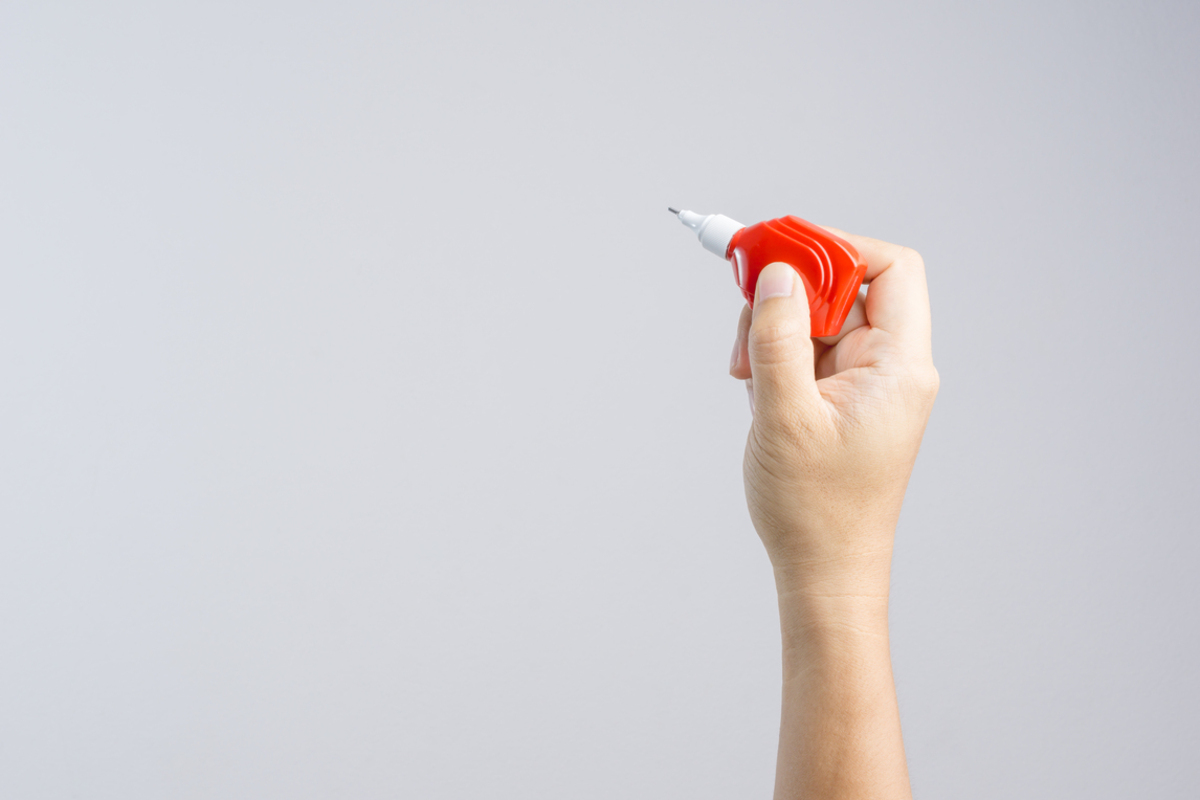Paint thinners. Gasoline. Glue. Marker fluid. Deodorant sprays. Propane tanks. Leather aroma. Corrector fluid. They're all normal household items to have around and they're all legal to buy, some even without age restrictions, and they're all potentially hazardous — the kinds of things you'd call poison control about if your toddler had gotten into them. They also have something else in common, mind you. People use them, and other seemingly innocuous products like them, as drugs.

What do you need to know about popular inhalants and how they're used?
One study found that gasoline, paint, butane and propane, air fresheners, and formalin — a preservative that contains formaldehyde — are the most popular inhalants in the United States. It's almost impossible to list the full spectrum of common household chemicals people use to get high, however, and hair spray, nail polish remover, and balloon tanks are just a few more examples of inhalants that can join the list above.
People come up with creative ways to try to get a buzz from these substances, and ways to get exposed to them include:
- Sniffing — directly inhaling the fumes.
- Bagging — depositing the substance into a plastic or paper bag and then inhaling it.
- Huffing — inhaling the substance after dousing a cloth in it.
- Dusting — spraying the substance into your nose or mouth.
What are some of the short-term effects of inhalant abuse?
Many inhalants will also induce downiness and sleepiness, while some dilate the blood vessels and will lead to dangerously low blood pressure — associated with feeling weak and dizzy. Sometimes, the direct effects of inhalants are enough to induce death even in after using them a few times. Spraying aerosols into the throat can do this, for instance. The intoxication resulting from inhalants can also lead users to experience hallucinations and do dangerous and sometimes fatal things, like jumping off buildings.
Because the effects wear off quickly, a user will have to keep abusing the inhalant(s) of their choice very frequently over longer periods of time to achieve the effect they're after.
What can inhalants do to those who use them in the longer term?
Long-term inhalant abuse can, research shows, lead to rather varied effects — united by only one thing, and that's how dangerous they are. Long term-inhalant users have been known to develop:
- Liver damage
- Kidney damage
- Hearing loss
- Brain damage
- Arrhythmia, an irregular heartbeat
- Coma
- Choking
- Loss of control over parts of your body, including tremor
- Vision changes
- Seizures
- Burns
Why parents should be aware of the dangers of inhalants
I remember being in high school and feeling quite enamored with corrector fluid and markers. Corrector fluid enabled me to not only correct spelling errors or wrong answers without completely starting from scratch, but back in my day, students also used it to write on each other's backpacks. Markers were cool not just to highlight things, but also for doodling and as a kind of status symbol.
Furthermore, if some kids in your middle or high schooler's class are using inhalants, your child may be in danger, too, as inhalants are drugs young people are often introduced to by peers. Some parents will find it scary that the more confident and popular an adolescent believes they are, the more likely they're to use inhalants.
Because inhalants are not designed as drugs — unlike, say, marijuana, cocaine, or even tobacco and alcohol — and their effects don't last that long, it's harder to spot if your child is using them. Signs of inhalant abuse may include:
- Hoarding large amounts of substances that can be used as inhalants.
- Signs of short-term intoxication.
- Skin rashes and burns.
- A strange odor.
- Wheezing.
- Sleepiness.
- General behavioral changes.
- Weight loss.
- Nosebleeds.
Can inhalant abuse be prevented and treated?
Prevention starts with education. While parents can play an invaluable role in this, school presentations are also helpful. Teens who are familiar with what inhalants are and know the short- and long-term risks may be less likely to use them.
If you believe your child is using inhalants, seeking advice from your primary care provider — who can refer you to other services — is a good first step.


Your thoughts on this